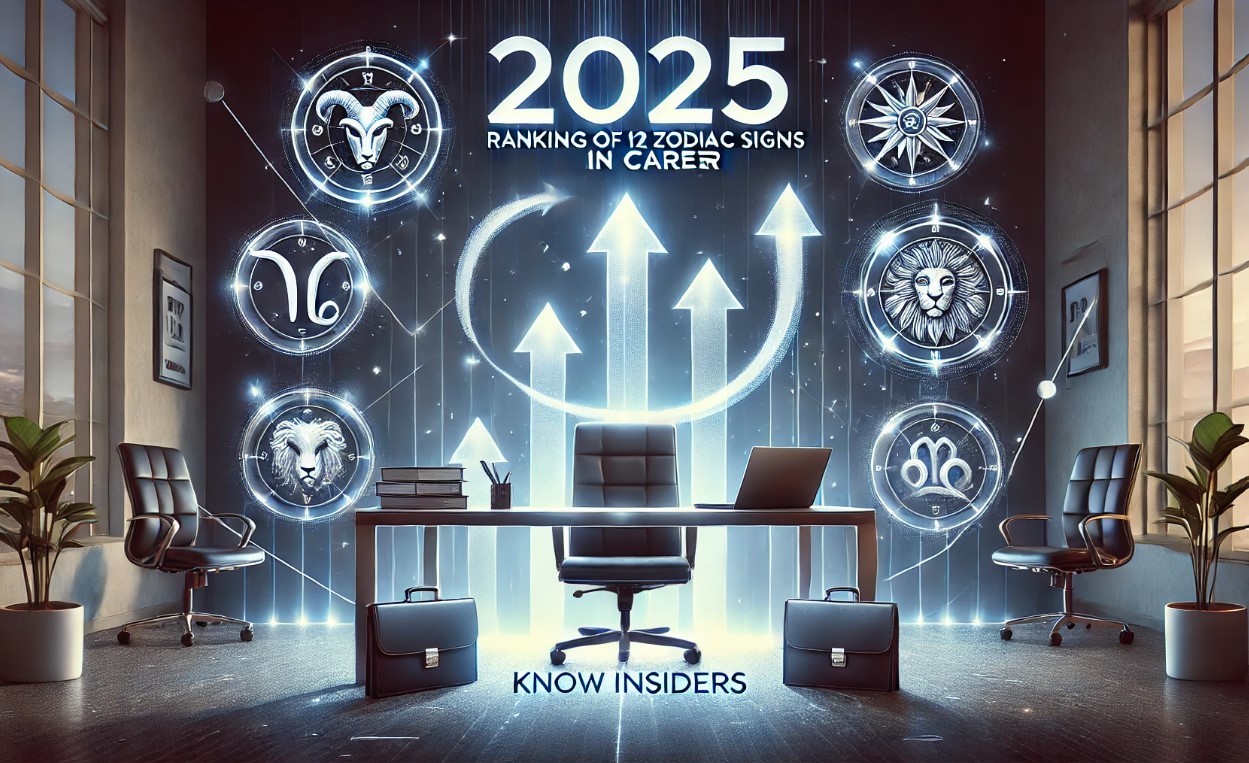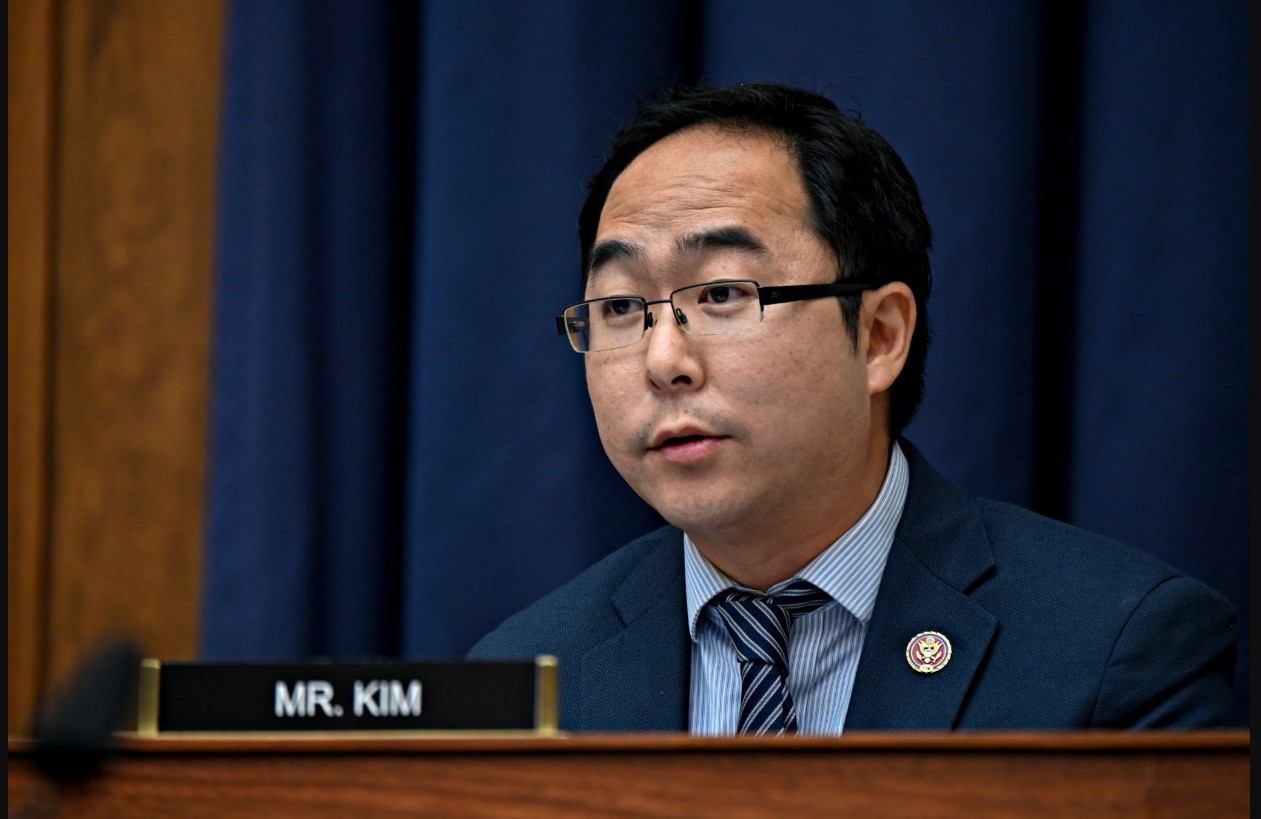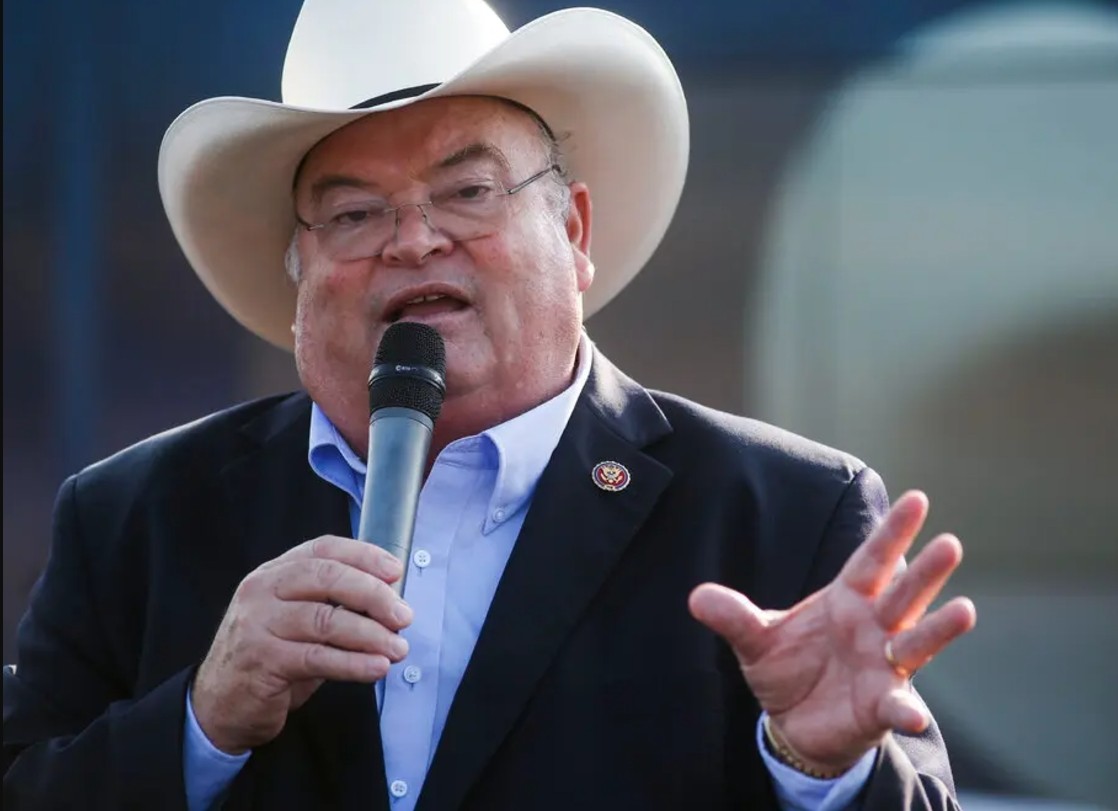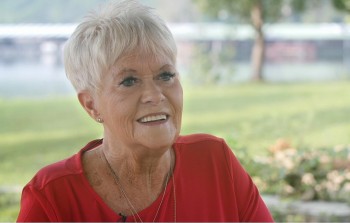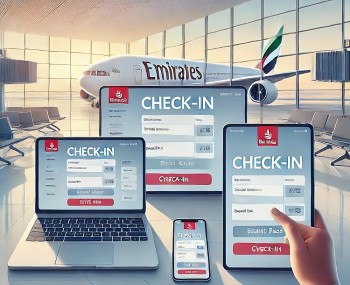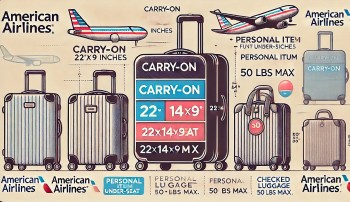Who is Michael Collins: Biography, Astronauts Career and Legacy
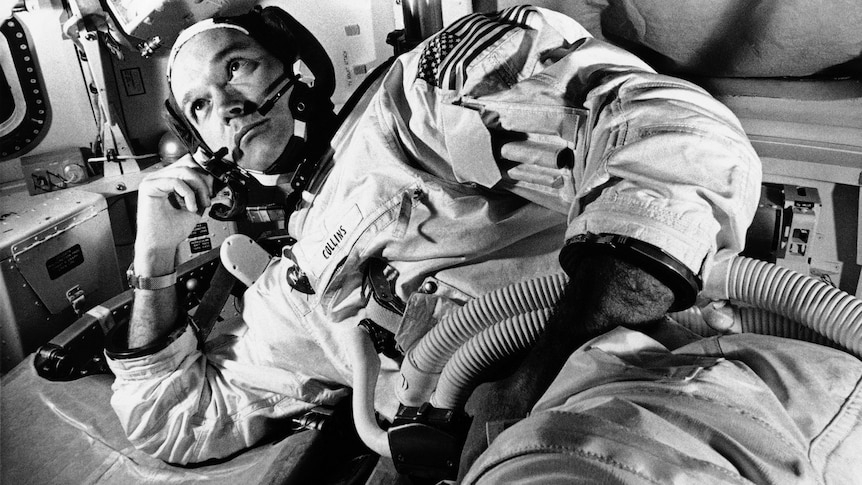 |
| Photo: ABC |
Michael Collins was an astronaut who was part of the Gemini 10 and Apollo 11 missions. Collins himself never stepped foot on the moon, but his accomplishments were part of one of the most famous space missions in history.
Astronaut Michael Collins, a member of the Apollo 11 mission that landed on the moon, has died at 90.
As Neil Armstrong and Buzz Aldrin planted humanity's first bootprints on the moon, Collins stayed behind to pilot the command module, circling roughly 60 miles above the lunar surface. As such, Collins himself never stepped foot on the moon, though his accomplishments together with Armstrong and Aldrin contributed to what remains one of the most famous space missions in history.
Collin's death was announced by family members on April 28.
Michael Collins: Biography
Inspired by John Glenn, Michael Collins was chosen by NASA to be part of the third group of astronauts. His first spaceflight was the Gemini 10 mission, where he performed a spacewalk. His second was Apollo 11 — the first lunar landing in history. Collins received the Presidential Medal of Freedom.
Early Life
Michael Collins was born on October 31, 1930 in Rome, Italy, where his father, United States Army Major General James Lawton Collins, was stationed. After the United States entered World War II, the family moved to Washington, D.C., where Collins attended St. Albans School. During this time, he applied and was accepted to West Point Military Academy in New York, and decided to follow his father, two uncles, brother and cousin into the armed services.
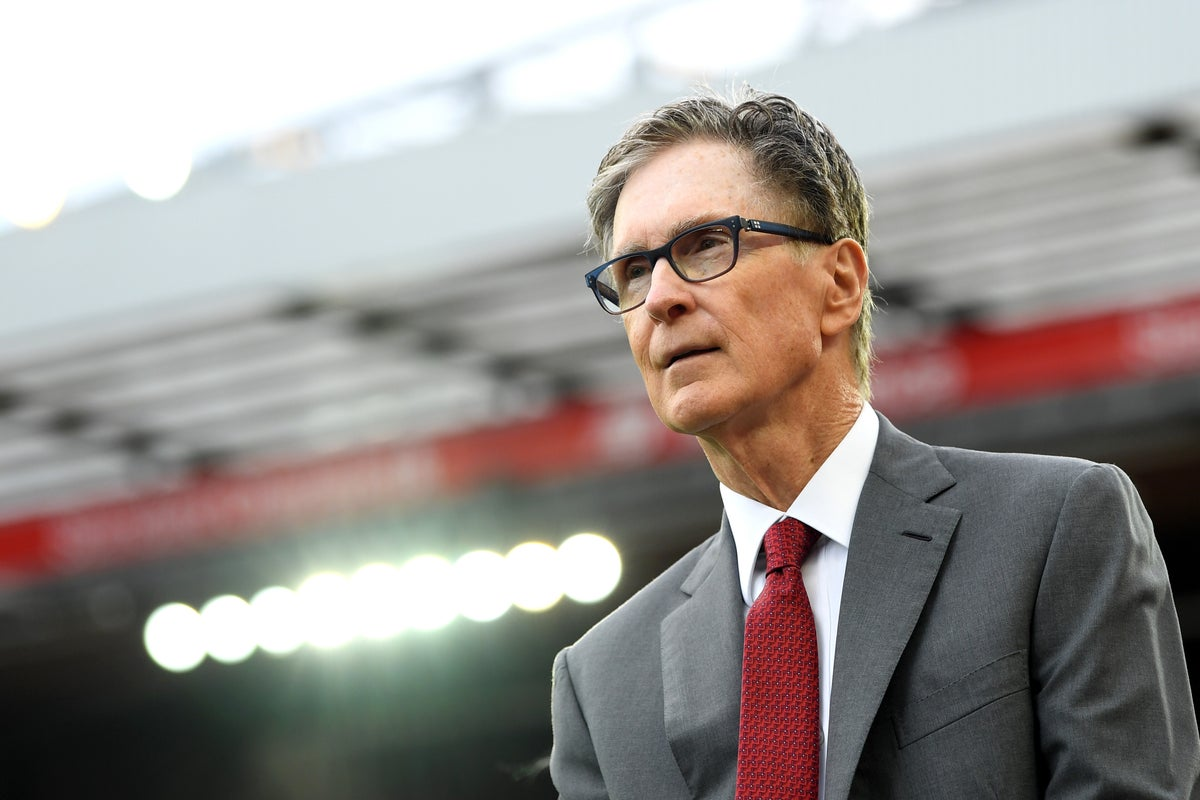 Who Is John W Henry: Ownership of European Super League - Biography, Personal Life Who Is John W Henry: Ownership of European Super League - Biography, Personal Life |
Military Career
In 1952, Collins graduated from West Point with a Bachelor of Science degree. He joined the Air Force that same year, and completed flight training in Columbus, Mississippi. His performance earned him a position on the advanced day fighter training team at Nellis Air Force Base, flying the F-86 Sabres. This was followed by an assignment to the 21st Fighter-Bomber Wing at the George Air Force Base, where he learned how to deliver nuclear weapons. He also served as an experimental flight test officer at Edwards Air Force Base in California, testing jet fighters.
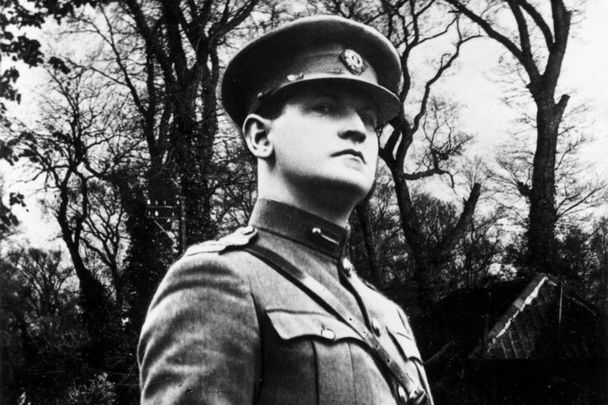 |
| Photo: IrishCentral |
Personal Life
Collins and his wife, Patricia Finnegan, have three children. The couple lived in both Marco Island, Florida, and Avon, North Carolina.
Road to NASA
Born in Rome, Italy, on October 31, 1930, Collins would chart a similar course to the NASA astronaut corps as many of his contemporary spacefarers: flying experimental jets in the military before joining the space agency. His father, James Lawton Collins, was a U.S. Army officer whose career kept his family, including an older brother and two older sisters, moving around the world until they settled in Washington, D.C., after the start of World War II.
After high school, Collins attended the U.S. Military Academy at West Point in New York before joining the Air Force and becoming a test pilot at Edwards Air Force Base in Southern California. He flew high-performance jets, such as the supersonic Lockheed F-104 Starfighter, conducting test flights as high as 90,000 feet.
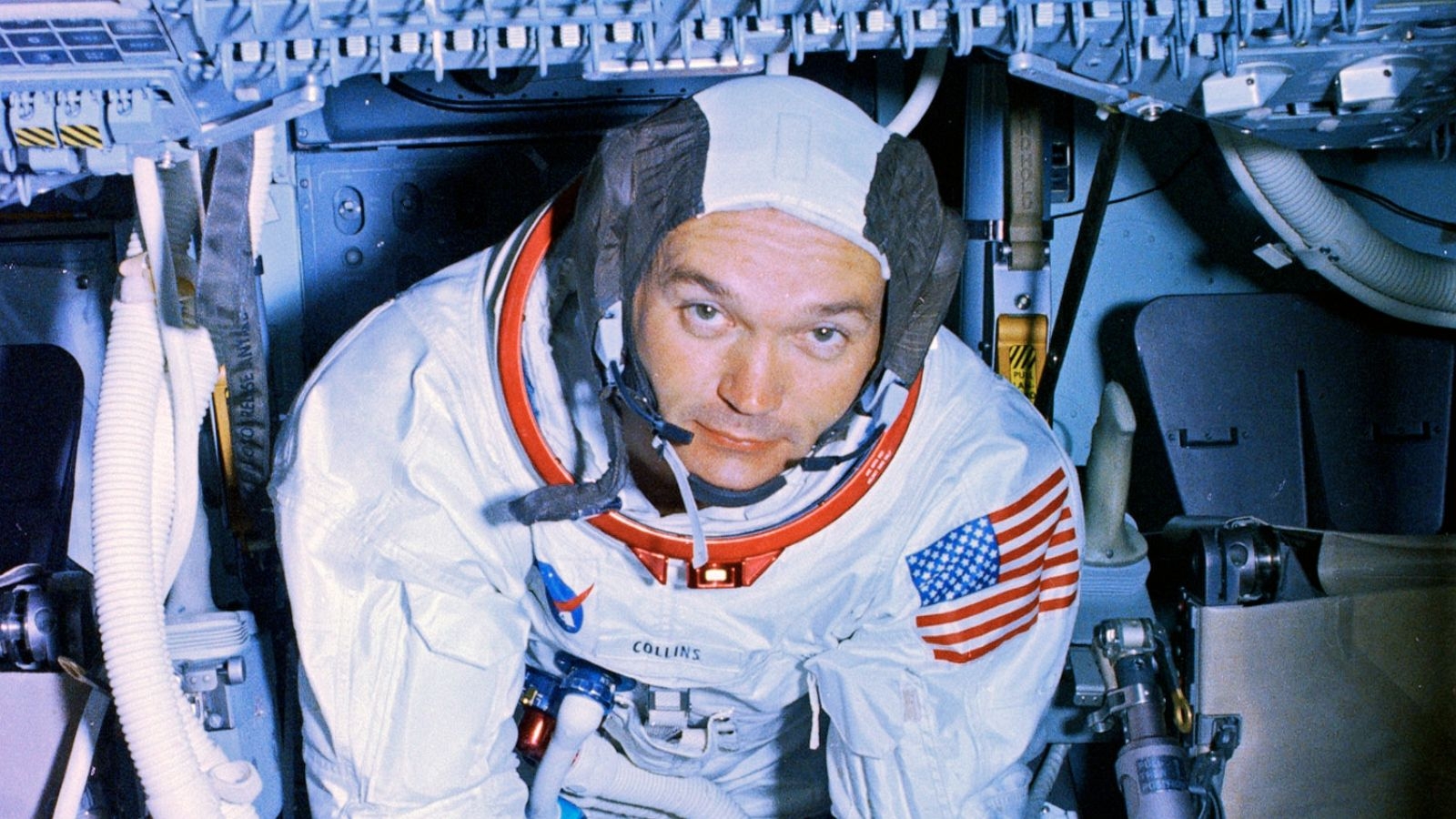 |
| Photo: ABC News |
His first application to be a NASA astronaut was rejected in 1962. That second cohort instead included three of Collins’ fellow Air Force test pilots, as well as Neil Armstrong, who was a NASA test pilot at Edwards at the time.
“My own failure was, of course, quite a blow, even though I had never really expected to make it,” he wrote later in Carrying the Fire. His rejection letter said that he did not meet the “special requirements of the astronaut program.”
“The special requirements, eh? Well, if I didn’t have them, could I get them?” he wrote in his book. Being a “perpetual optimist,” and noting that two other NASA astronauts were rejected once before being joining the corps, he decided to apply again the next year. This time he was selected for NASA’s Astronaut Group 3, along with fellow Apollo 11 crewmember Buzz Aldrin.
Collins’ first foray into space in 1966 didn’t go exactly as planned. During the Gemini 10 mission with fellow astronaut John Young, Collins ventured outside the Gemini capsule and traversed over to an uncrewed spacecraft known as the Agena Target Vehicle, which NASA had launched to help astronauts practice rendezvous in orbit. However, he initially failed to get a firm grip on the target spacecraft, and he drifted away.
“One thing led to another, and the next thing I knew I was out on the end of a 50-foot umbilical looking back and looking down at John in the open cockpit, the Gemini, and then the Agena,” Collins recounted to me in 2019. “I figured the three of us are all going to be wrapped up in a little ball by this 50-foot umbilical.”
With some effort Collins returned to the Gemini capsule, and the two-astronaut crew safely splashed down in the Atlantic Ocean on July 21, 1966. He would then serve as the capsule communicator, or CAPCOM, in mission control during Apollo 8, the first crewed flight to the moon and back.
He wrote in his autobiography that “watching Apollo 8 carrying men away from the earth for the first time in history” was “an event in many ways more awe-inspiring than landing on the moon.” Shortly after that mission, Collins was selected as the command module pilot for Apollo 11, responsible for flying the spacecraft in lunar orbit while Armstrong and Aldrin descended to the surface.
Preserving the history of space explorationCollins retired from NASA in 1970, but he stayed involved with human space exploration in some way for most of his life. He served as director of the Smithsonian’s National Air and Space Museum from 1971 to 1978, overseeing the main building’s opening on the National Mall. “Artifacts of his extraordinary life will be displayed at our museum forever,” the museum’s acting director Christopher Browne writes in a statement released today. Despite the significance of the space suits he wore and the spaceships he flew, perhaps the most important artifact Collins left behind is his book, preserving one of humankind’s greatest adventures. Toward the end of his autobiography, he reflects on how flying to the moon changed his life, and how venturing beyond Earth affects the human perspective. “Although I may feel I am the same person, I also feel that I am different from other people,” he writes. “I have been places and done things you simply would not believe.” |
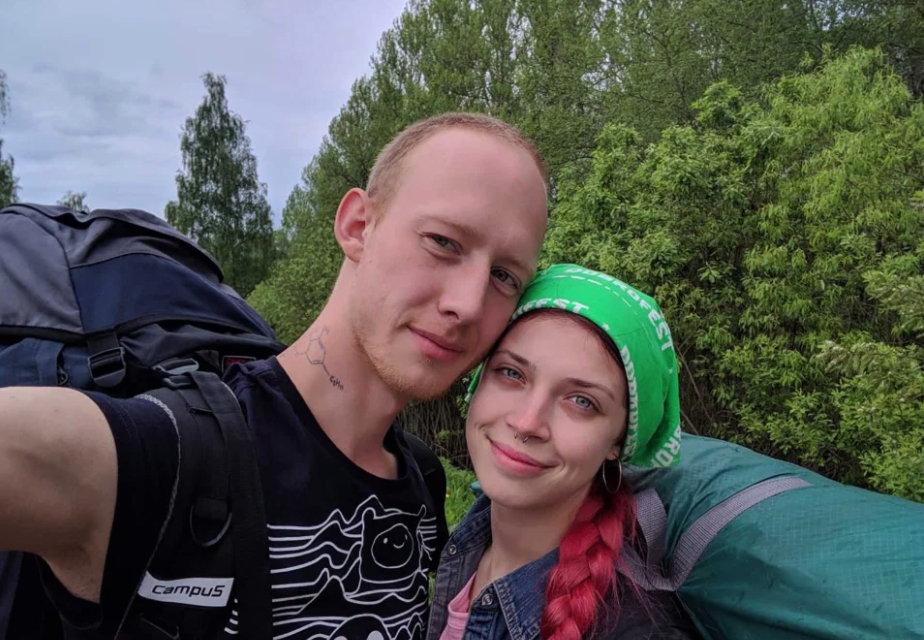 Who is Veronika Troshina: Bio, Model Career and Scandal Who is Veronika Troshina: Bio, Model Career and Scandal Veronika Troshina, A RUSSIAN PornHub star has been wanted by police - and could face a jail sentence, after she allegedly filmed herself romping on ... |
 Who is Daniel Kaluuya - Biography, Personal Life and Acting Career Who is Daniel Kaluuya - Biography, Personal Life and Acting Career Daniel Kaluuya won the Best Supporting Actor Oscar on April 25 for Judas and the Black Messiah. What he told audience on the Oscar's stage ... |
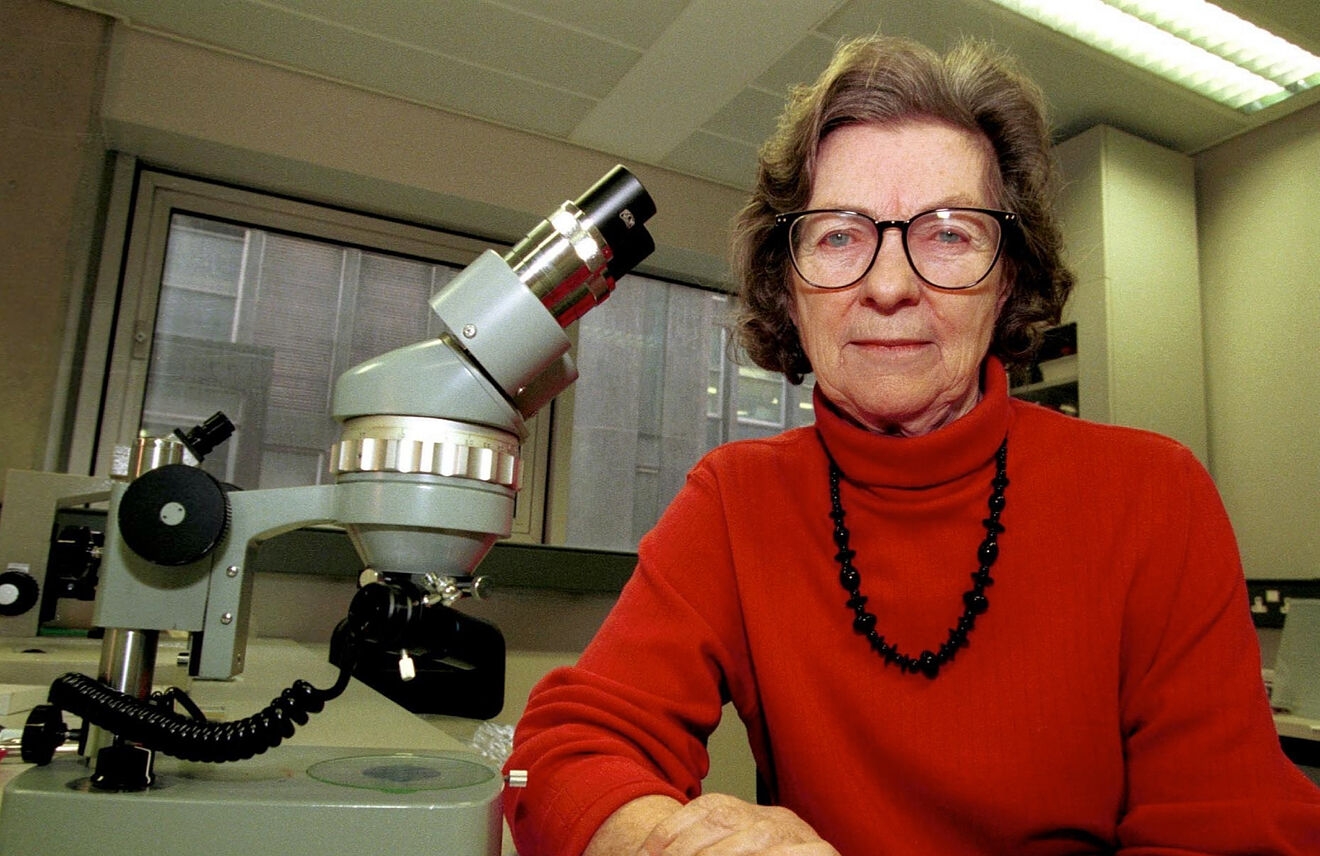 Who is Anne McLaren - Biography, Personal Life, Career and Legacy Who is Anne McLaren - Biography, Personal Life, Career and Legacy Through her groundbreaking work in 1950s, British scientist Anne McLaren proved that it was possible to join sperms and eggs outside the mother’s body and ... |

